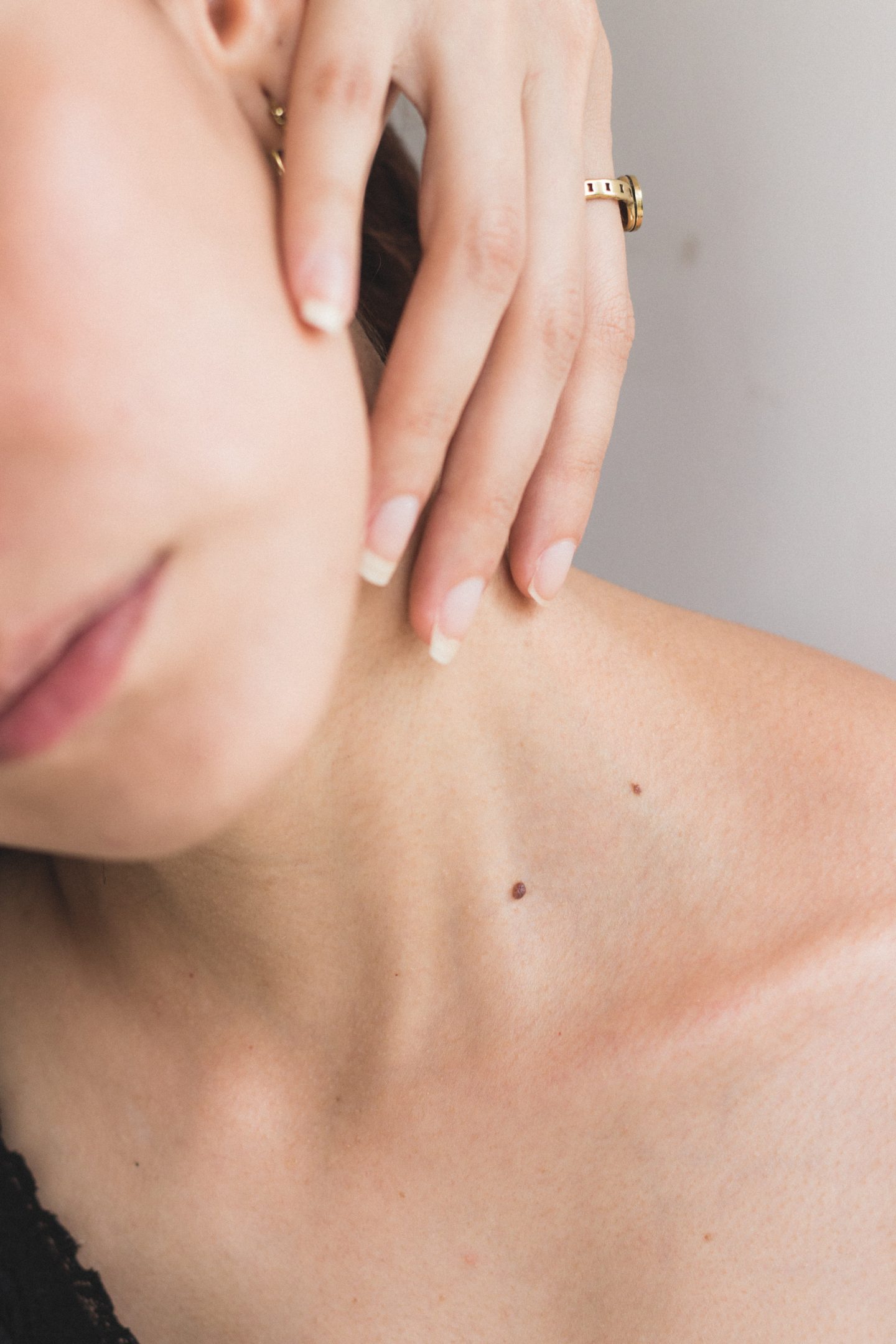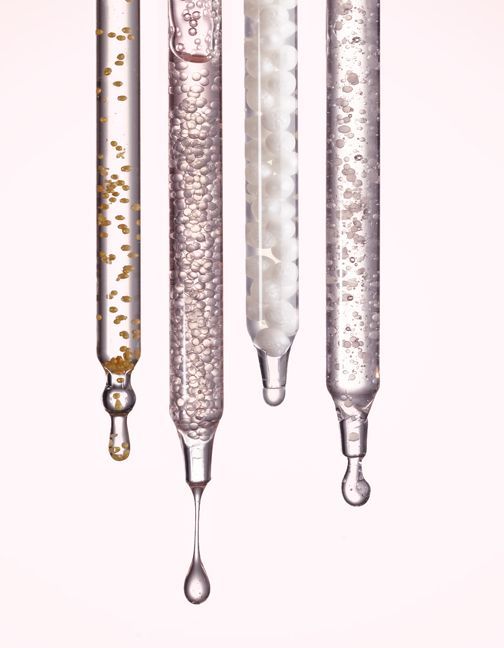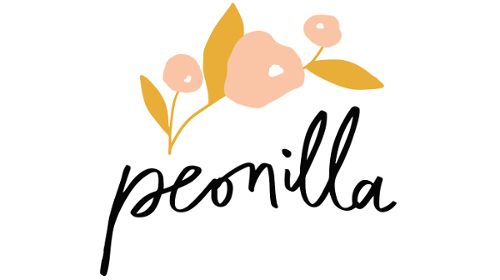What is retinol?
– Retinol, also known as vitamin A, is a fat-soluble vitamin found in nature in animal (retinol) and plant (carotenoid) forms – says beautician Petra Mayer. – The natural form of retinol is present in all existing organisms and are essential elements of basic biological processes such as vision or cell growth. Internally, we can get it from animal products (eg fish, liver, heart, kidney, egg, milk, butter ) which is completely absorbed in this form. In contrast, carotenoids are found in plants (eg carrots, pumpkins, tomatoes, lettuce, beets ), of which beta-carotene is the most effective. Our body produces vitamin A from carotenoids and store it in the liver – she adds.
Despite being used only in prescription dermatological products, retinol is nowadays an increasingly fashionable ingredient in various cosmetics. – It is one of the most important vitamins for the skin. Among other things, it strengthens skin barrier, reduces breakdown of collagen, stimulates the formation of new connective tissue fibers from the collagen in the deeper layers of the skin and regulates sebum production. However, when applied externally, not on vitamin A itself, but its natural derivatives, retinoids have a spectacular skin rejuvenating effect. Their effectiveness may vary depending on their potency or percentage used in a specific product.
Is it really a miracle ingredient?
– The vitamin A derivatives have the unique property that they can communicate with the cells. They are able to reprogram and induce cells to function in a “younger” and healthier way. For example, they can visibly renew and tighten an aging, sun-damaged skin. Regular use of retinol can fade pigmentation marks resulting in more even skin tone, reduced wrinkles, acne and balanced skin sebum. Research shows that even a 0.1% retinol formulation can do all of this in just 8 weeks. And using a 1% daily concentration can give you results after only 7 days, so it can definitely be called a miracle product – says the beautician.

IMPORTANT TO KNOW
It is a miracle for sure, but still, there can be many pitfalls in using retinol. You should be aware that unfortunately, this active ingredient is not well tolerated by everyone’s skin. – It can cause redness, tightness, itching, blistering, and the irritated skin may feel warmer as well. In addition, retinol can induce flaking when exposed to a higher concentration of less “trained” skin – explains Petra Mayer.
– In such cases, it should be discontinued immediately. Although lower concentrations of non-prescription retinol preparations are less likely to cause irritation and the above-mentioned side effects, it is still advisable to use them gradually, initially only every 3-4 days. Since retinol may lose its effectiveness when exposed to light, apply it as the last step in your evening skin care routine. It is very important to use a sunscreen ( minimum SPF 30!) while using retinol since it’s increasing your skin’s sensitivity to harmful UV rays. Discontinue to use it 1 month before summer holidays and light or heat treatments (eg laser treatment). If waxing, or possibly going for acid peeling treatments, do not forget to tell your practitioner that you are using a retinol product.
FROM WHAT AGE IS IT RECOMMENDED?
– As the skin aging process begins in the early twenties, a milder version (0.1-0.2%) can be safely started at this age (especially if you may have problems with pigmentation and acne ). And over the age of thirty – unless you are sensitive to it – everyone should be using some form of retinol because wrinkle prevention plays a much more important role in skin ageing than we think – the beautician advises.
WHEN NOT TO USE IT?
If you are planning a baby, pregnant, or breastfeeding, retinol is strictly forbidden, both externally and orally, as it may cause birth defects in a developing fetus. If you have a medical condition that requires you to take medication regulalrly, make sure you tell your doctor before using it. Avoid sunbathing (sun beds are forbidden anyway!) and stop using retinol 1 month before intense sunbathing, light or heat treatments.

FROM THE WEAKEST TO THE STRONGEST
The order of retinol derivatives in creams, serums and oils varies in strength. From the weakest to the strongest, it looks like this:
retinyl palmitate → retinol → retinaldehyde (retinal) → retinolic acid
Retinolic acid remains only in prescription drugs, precisely because it is so strong. If you look at the INCI list of a particular retinol product, you may also find retinol derivatives in the following forms: 3-Dehydroretinol, Axerophtholum, Dehydroretinol, Oleovitamin A, Retinoids, Retinol, Retinol Acetate, Retinol Palmitate, Vitamin Retinyl Palmitate, THE 2.
If you can not find the information on a product how much retinol it contains and the manufacturer is unwilling to give it away, look for another product. It is likely that it contains such a small percentage of the active ingredient that it would have no effect on your skin whatsoever.
SHOP MY FAVES
Have a beautiful skin!
With love,
Peonilla xx
The article was also published in the April 2018 issue of the Hungarian Women’s Health Magazine.
Photos: Pinterest, Unsplash
